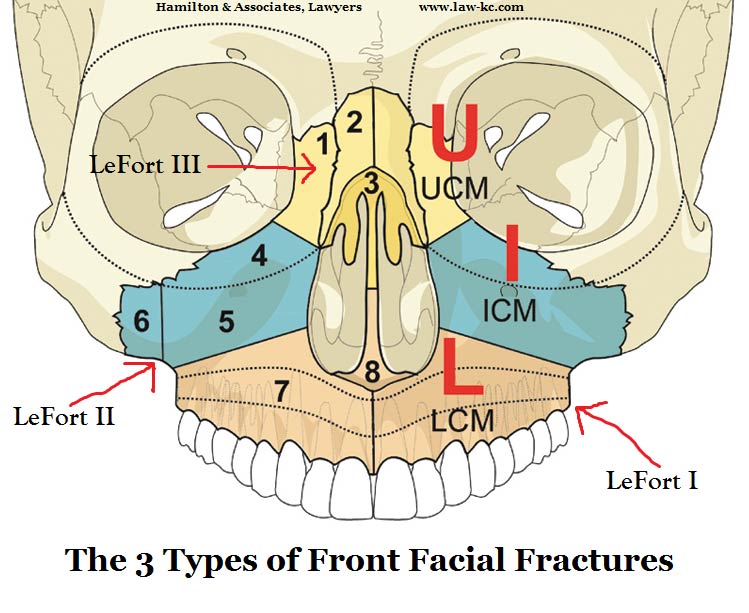

LE FORT FRACTURE FREE
If you or someone in your family has suffered a Le Fort III fracture, or any other facial fracture or broken bone injury, contact us for a free case evaluation and an honest opinion of your case. Our experienced team of personal injury lawyers has more than 70 years of collective experience obtaining millions of dollars in verdicts and settlements for our clients (see our case results). The personal injury attorneys at Estey & Bomberger, an AV-rated law firm, represent victims of serious and catastrophic injuries throughout California. Most CSF rhinorrhea cases heal on their own over the course of a few days.īroken Facial Bone Personal Injury Claims Otolaryngologists often participate in the evaluation and. The mechanism of airway obstruction in Le Fort fractures is attributed to midface instability with posterior inferior displacement into the oropharyngeal airway. With any CSF leak, there is the possibility of infection, which could be fatal. Le Fort fractures are a part of the facial fracture spectrum, sustained from significant forces of impact to the midface. Diagnosis may be made using an x-ray with contrast dye, MRI, and injection of a radioisotope in the spinal fluid. Le Fort III fractures predispose the patient to cerebral spinal fluid leakage (CSF rhinorrhea), a loss of the fluid that surrounds the brain and spinal cord. Facial trauma patients may be cared for by a team of specialists, including plastic surgeons, oral surgeons, orthodontists, opthamologists, otalaryngologists, and neurosurgeons. Cosmetic surgery may also be necessary because trauma can result in severe damage to the skin, underlying skull and maxillofacial bones. Open reduction, internal fixation (ORIF) surgery may be used to stabilize displaced fractures. Treatment of a Le Fort III fracture will vary depending on the severity of the fracture, whether the patient also suffered any sort of brain swelling or traumatic brain injury, and whether the patient suffered other facial fractures.

Zygomatic fracture (cheekbone fracture).Le Fort III fractures are serious injuries that are often associated with traumatic brain injuries, and other facial fractures: Patients may also have a condition called “dish face deformity” in which the face appears somewhat concave due to blunt trauma. Patients with Le Fort III fractures may have anosmia (loss of smell) due to fracture of the cribriform plate (the horizontal plate of the ethmoid bone). In reality, not all maxillary fractures fit into these three categories, and fractures may actually be a combination of the three types of Le Fort fractures.Ĭommon symptoms are obvious visible trauma, bleeding, pain, swelling and tenderness. Rene Le Fort, the French surgeon who first described the fractures in the early 20th century. The Le Fort III Osteotomy is typically used in the treatment of mid-face problems and deficiencies.The three types of Le Fort fractures were named after Dr. The Le Fort III Osteotomy is designed the move the entire face forward - including portions of the eye sockets - for the purpose of achieving a more harmonious and symmetrical appearance in those in whom facial disharmony results from pan-facial hypoplasia. This osteotomy allows for lengthening of the nose along with movement of the upper jaw in select cases where this effect is required. One of the rarer osteotomies because it isn’t required as often (only in 2-5% of cases such as Treacher Collins or other very unique cases). The Le Fort II Osteotomy involves the movement of the nose and upper jaw together. This second edition covers the advances in facial feminization as well as helpful patient stories and is a great resource for FFS patients and their loved ones. Deschamps-Braly’s new book “Facial Feminization Surgery: The Journey to Gender Affirmation” is back and available now. Chin Contouring (Genioplasty/Mentoplasty).Forehead Reshaping (Contouring & Reduction).Ethno-Specific Facial Feminization Surgery.Adam’s Apple Reduction (Tracheal Shave).Cheek Enhancement (Augmentation & Reduction).


 0 kommentar(er)
0 kommentar(er)
